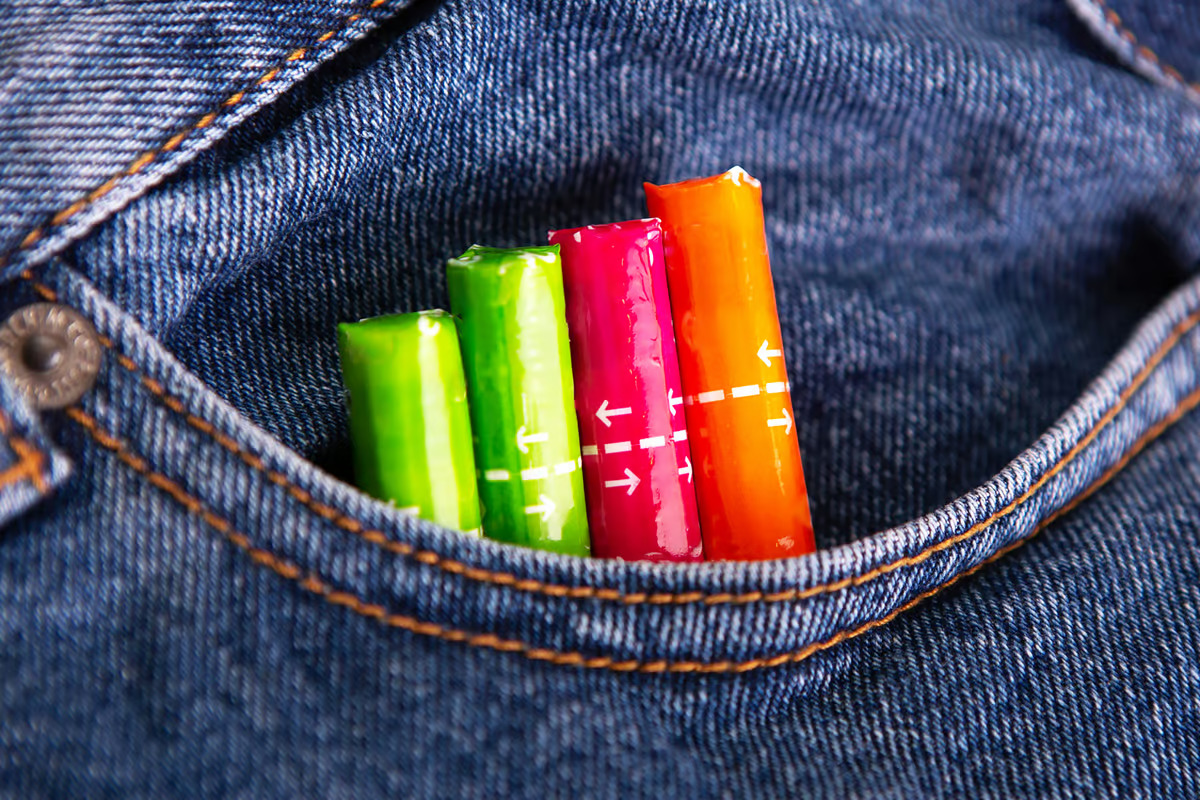 Different tampon brands contain detectable concentrations of potentially dangerous metals. Depositphotos –
Different tampon brands contain detectable concentrations of potentially dangerous metals. Depositphotos –
The first study to measure the concentration of metals in tampons has found that several brands contain concerning amounts of lead, arsenic and cadmium. More research is needed to determine whether the presence of these toxic metals poses a health risk.
It’s estimated that, in the US, between 52% and 82% of people who menstruate use tampons. To avoid health risks, especially given the high potential for vaginal absorption, it’s imperative that any harmful chemicals present in tampons are identified.
However, despite their widespread use and this absorption risk, few studies have investigated whether tampons contain these sorts of health-affecting chemicals. A new first-of-its-kind study by researchers from UC Berkeley, Columbia University and Michigan State University tested tampons for the presence of 16 metals, including toxic metals known to pose a risk to health.
“Although toxic metals are ubiquitous and we are exposed to low levels at any given time, our study clearly shows that metals are also present in menstrual products, and that women might be at higher risk for exposure using these products,” said Kathrin Schilling, assistant professor at Columbia University’s Mailman School of Public Health and senior author of the study.
Between September 2022 and March 2023, the researchers purchased tampon products from brick-and-mortar stores in the US, UK and EU and from two major online retailers; 14 different brands in all, in unique combinations of brand, product line, and absorbency. Products listed as top sellers were generally selected, as well as ‘store-brand’ products from several large chain retailers in the US.
Across 30 tampons, the concentrations of 16 metals were tested: arsenic, barium, calcium, cadmium, cobalt, chromium, copper, iron, mercury, manganese, nickel, lead, selenium, strontium, vanadium, and zinc. Concentrations were compared by several tampon characteristics, including region of purchase, organic material composition, and brand type.

The researchers detected measurable concentrations of all 16 metals assessed, including elevated mean concentrations of toxic metals lead, cadmium and arsenic. They didn’t find substantial concentrations of mercury or chromium. Concentrations varied according to the region of purchase, organic versus non-organic, and store- versus name-brand products. Lead concentrations were higher in non-organic tampons, while arsenic was higher in organic ones.
Of most concern to the researchers was the presence of lead in all of the tested tampons. As they point out, there is no safe exposure level when it comes to this heavy metal; any amount of lead that leaches out of a tampon and enters the bloodstream can have a negative effect on health. Lead is stored in the bones, replacing calcium, and can stay there for decades. It’s known to negatively affect the brain, kidneys, heart, blood, immune system, and reproductive organs and impact development.
Arsenic and cadmium are also associated with adverse health outcomes. Inorganic arsenic is known to cause cancer and has been associated with cardiovascular disease, dermatitis, lung and brain disease. Cadmium targets the kidneys and can cause kidney damage, as well as being linked to cardiovascular disease.
The researchers say that there are several ways that metals could’ve been introduced into tampons. One is the contamination of raw materials like cotton, rayon or viscose during production. Another is contamination with metal from water during manufacture. Some metals may be introduced intentionally. Several of the metals detected by the researchers – including calcium, cobalt, chromium, copper, nickel and zinc – may be added as antimicrobial agents, odor control, or lubrication.
“I really hope that manufacturers are required to test their products for metals, especially for toxic metals,” said Jenni Shearston, a postdoctoral scholar at UC Berkeley’s School of Public Health and the study’s lead and corresponding author. “It would be exciting to see the public call for this, or to ask for better labeling on tampons and other menstrual products.”
The study could not ascertain whether the metals detected contributed to negative health effects. Further research is needed to test how much of these metals can leach out of tampons and be absorbed by the body.
The study was published in the journal Environment International.
Source: UC Berkeley Public Health
–
























